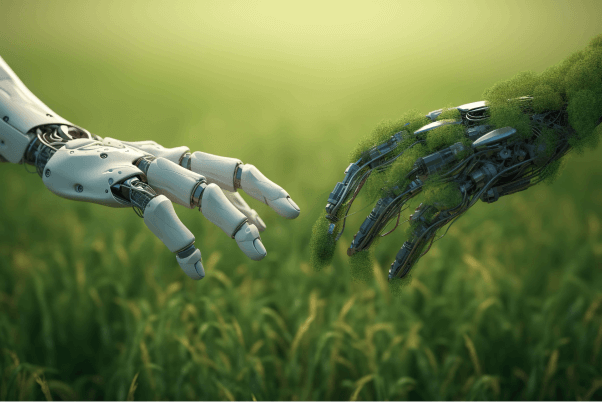
By aibeautybot On 29-03-2024 at 5:43 pm
Introducing ChatGPT
ChatGPT can understand and generate text in a conversational manner, making it suitable for various applications, including chatbots, virtual assistants, language translation, content generation, and more. It can answer questions, provide explanations, offer suggestions, and assist users in a range of tasks using natural language understanding and generation capabilities.
However, its important to note that while ChatGPT can generate impressive responses, it may sometimes produce incorrect or nonsensical information. It lacks real-time awareness and external knowledge beyond its training data, which has a cutoff date. As a result, its always a good idea to verify the information provided by ChatGPT through reliable sources.
ChatGPT, specifically GPT-3.5, has been trained on an extensive dataset comprising a diverse range of text from the internet. It has been trained on a staggering amount of data, estimated to be around 570 GB. This dataset includes a wide variety of sources, such as books, articles, websites, and other textual content. The large amount and diversity of training data contribute to ChatGPTs ability to generate coherent and contextually appropriate responses in a conversational manner.
ChatGPT, like other language models, offers several benefits and applications:
Natural Language Understanding: ChatGPT can comprehend and interpret human language input, allowing it to understand questions, prompts, and user queries.
Conversational Capabilities: It can engage in back-and-forth conversations, providing responses that are contextually relevant and maintaining coherence throughout the conversation.
Information Retrieval: ChatGPT can retrieve and provide information on a wide range of topics, making it a valuable tool for quick access to knowledge and facts.
Language Translation: It can assist in translating text from one language to another, helping bridge the communication gap between different languages.
Creative Content Generation: ChatGPT can generate creative and original content, such as stories, poems, and even code snippets.
Virtual Assistance: It can serve as a virtual assistant, offering help with tasks like scheduling, reminders, recommendations, and basic troubleshooting.
Learning and Education: ChatGPT can support learning by answering questions, explaining concepts, providing examples, and offering guidance on various subjects.
Customer Support: It can be utilized in chatbots or customer support systems to provide automated assistance, answer frequently asked questions, and handle common user inquiries.
Personalization: ChatGPT can be fine-tuned and customized to cater to specific domains, industries, or user preferences, enhancing its relevance and usefulness in specific applications.
Accessibility: ChatGPT can provide assistance to individuals with disabilities, offering a text-based interface for communication and information retrieval.
Its worth noting that while ChatGPT has many advantages, it also has limitations. It may occasionally produce incorrect or nonsensical responses and lacks real-time awareness or external knowledge beyond its training data. Verification of information from reliable sources is still important when using ChatGPT.
아가타 윌리엄스(Agatha Williams)는 혁신적인 아이디어와 변함없는 투지로 비즈니스 세계에 물결을 일으키고 있는 선견지명이 있는 기업가입니다.
Share on:
Related posts

29-03-2024
Computer vision with AI and ML


